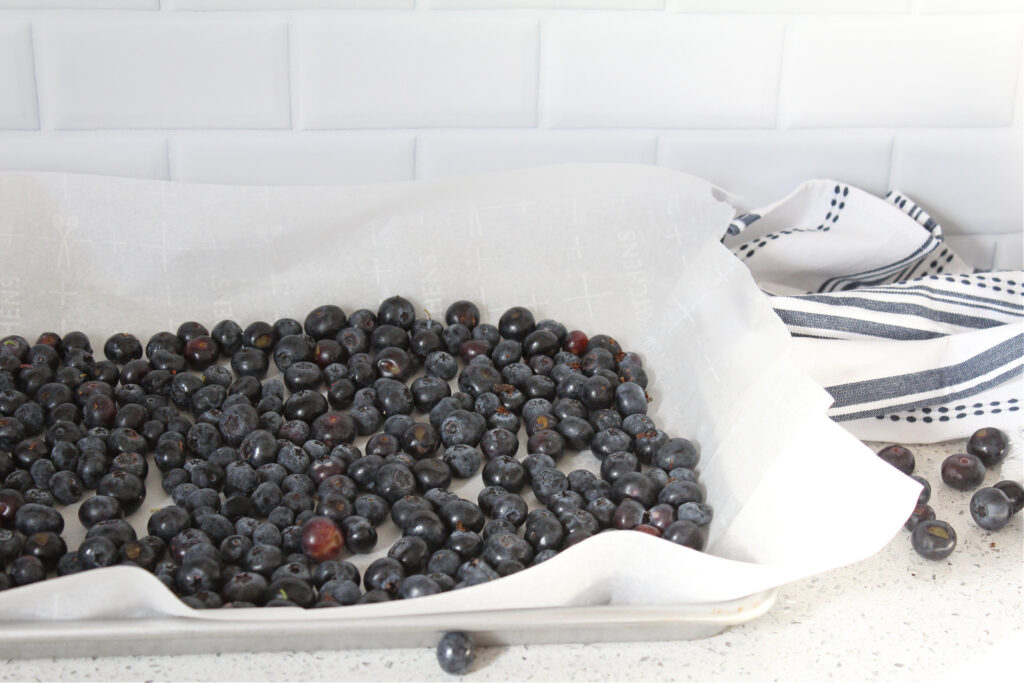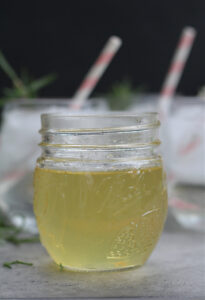It’s Florida blueberry season and I have been buying a bunch every time I go to the grocery store or see those beautiful blues at the farmer’s market. But Florida blueberry season will be over in the end of April or beginning of May. And while you can get blueberries year round … you can’t get FLORIDA BLUEBERRIES year round. You all know how I am a firm believer in supporting local and knowing where your food comes from. I like knowing mine comes from Florida. I like that my blueberries didn’t take days—or even weeks—to get to my local grocer. Do you have any idea how long some produce takes to get to you? The answer to that can be quite scary! So, while Florida Blueberry is here, it’s time for me (and YOU!) to stock up!
Blueberries are considered one of the super foods. Blueberries are packed with a high content of antioxidants, fibers, vitamins A, C, and E and many other nutrients. These beautiful blue berries are beneficial to brain health because of the presence of anti-aging properties and anti-inflammatory effects. A diet that consists of berries can also aid in the lowering of LDL cholesterol, which could otherwise lead to strokes and cardiovascular diseases.
I know, I know … you can only eat so many fresh blueberries. But, did you know you can freeze fresh blueberries? Yes! It’s easy and the best way to guarantee that you have the freshest Florida blueberries whenever you want them. So when Florida Blueberry season is over, you can simply open your freezer and grab some of those beautiful blues.
Freezing blueberries is a great way to enjoy them all year long, and it couldn’t be simpler!
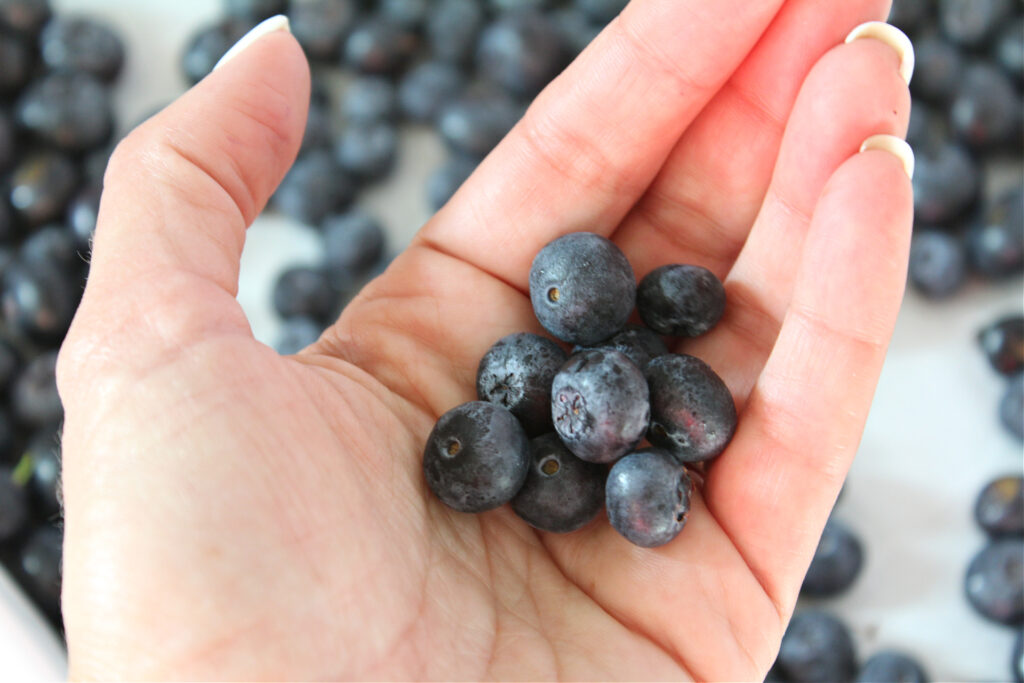
Equipment Needed to Freeze Blueberries
Baking sheet
Parchment paper
Freezer-safe container or bag
Bowl
Here’s how to freeze blueberries:
- Start with clean, dry berries. Rinse them gently if necessary and spread them out on a towel to dry.
- Remove any stems or leaves and discard any berries that are moldy or damaged.
- Place the berries in a single layer on a baking sheet lined with parchment paper. Freeze for about 2 hours, or until the berries are firm to the touch.
- Once frozen, transfer the berries to a freezer-safe container or bag. Label and date the container, then store in the freezer for up to 9 months.
- Enjoy your delicious, fresh-tasting Noble New Crop Florida blueberries all year long!
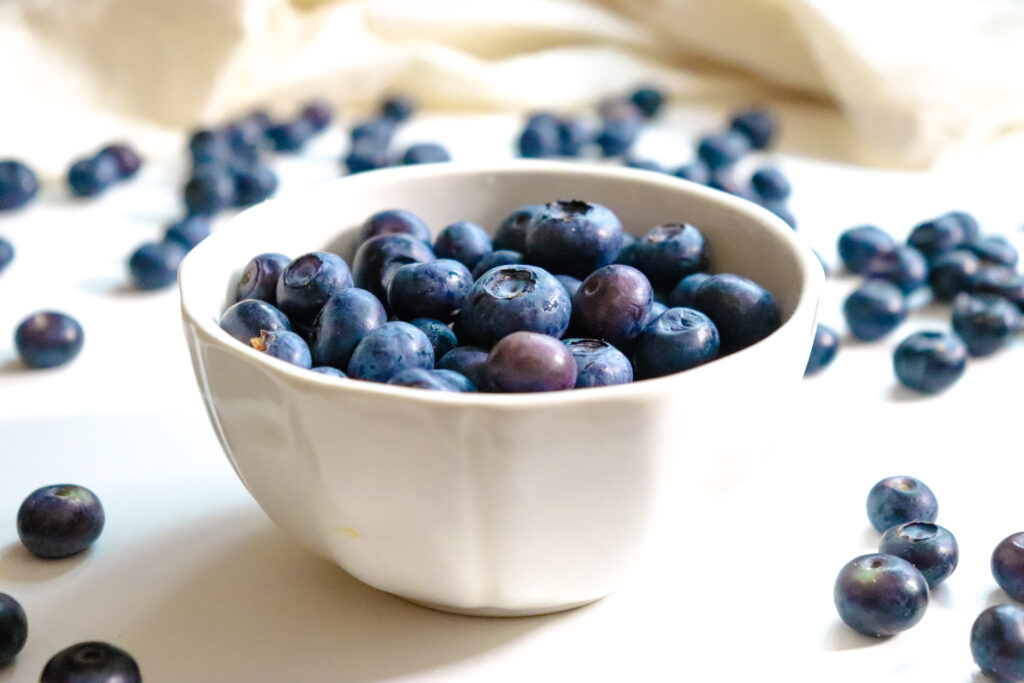
How to Thaw Frozen Blueberries:
There is no need to thaw frozen blueberries before using them. Simply add the desired amount of berries to your recipe and proceed as usual. The berries will thaw during the cooking or baking process.
If you’re adding frozen blueberries to a cold dish, such as yogurt or cereal, you may want to thaw them first so they’re not as hard and icy. To do this, place the berries in a bowl and let them sit at room temperature for about 15 minutes, or until thawed. Drain off any excess water before adding the berries to your dish.
When is the Best Time to Freeze Blueberries?
You can freeze blueberries at any time of year, but the best time is typically when they are in season and you are able to get them from a local farmer in Florida or the United States.
Blueberry Fun Fact
Blueberries are not actually blue when they’re ripe. They are a deep purple color and turn blue when they’re frozen. So don’t be alarmed if your berries look a little different after freezing them!
Health Benefits of Eating Blueberries
Blueberries are packed with nutrients and offer a host of health benefits. They’re an excellent source of fiber, vitamins C and K, and manganese. Blueberries are also low in calories and have a high water content, making them a great food for weight loss.
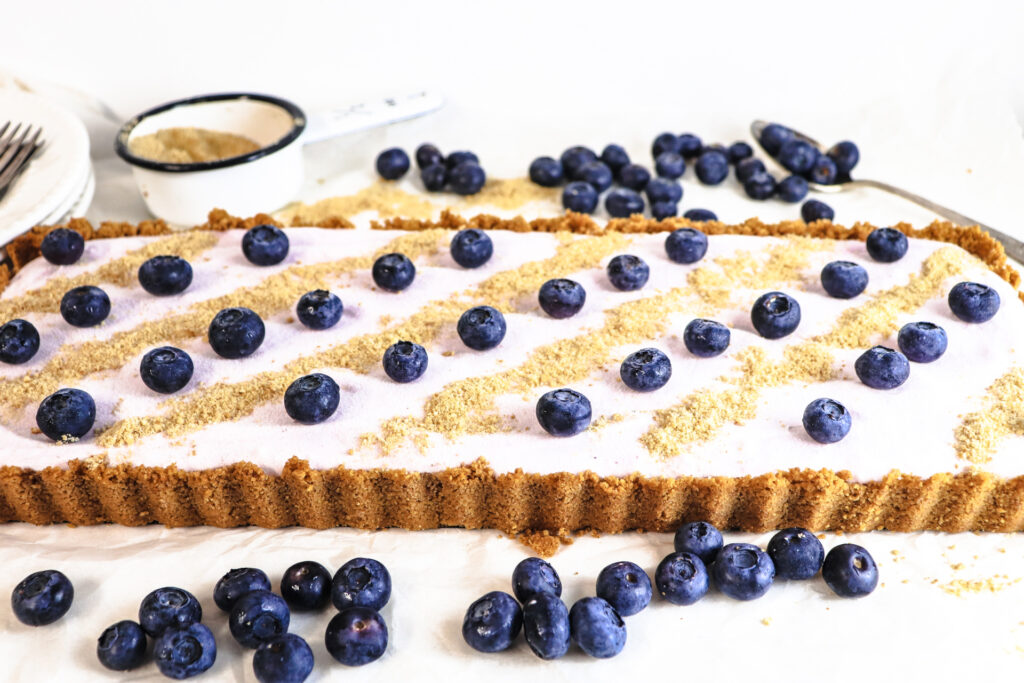
Berryilicious Ways To Enjoy Frozen Blueberries
Desserts
Frozen berries are excellent to satisfy our sweet tooth. I love adding them to my yogurt frozen as they freeze to it and make me feel like it’s ice cream 🙂 Frozen blueberries can be used in pies, tarts, muffins, and cakes. You can remove the berries from the freezer in advance so as to rid them of the excessive water. The thawing will prevent a soggy pie, etc. Try making a blueberry sauce on the stove; this could be used as a rich and heavenly topping for your favorite ice cream or pound cake.
Topping for breakfast/snack items
Instead of indulging in the store bought version which is loaded with sugar, you could make homemade jam. With a little touch of honey, this can be simmered on the stove top until it produces a thick, sweet and delicious consistency. This spreadable jam could be used for toast, English muffins, you name it! Instead of a plain and boring pancake mix, toss and fold in a few thawed blueberries and give a delectable bite to your morning meal.
Drinks
Frozen berries are ideal for making smoothies. A handful could be tossed in a blender along with yogurt and some milk. This in itself makes for a great protein shake! Go ahead and get creative with some other ingredients too … blueberries pair beautifully with lots of fruits and veggies.
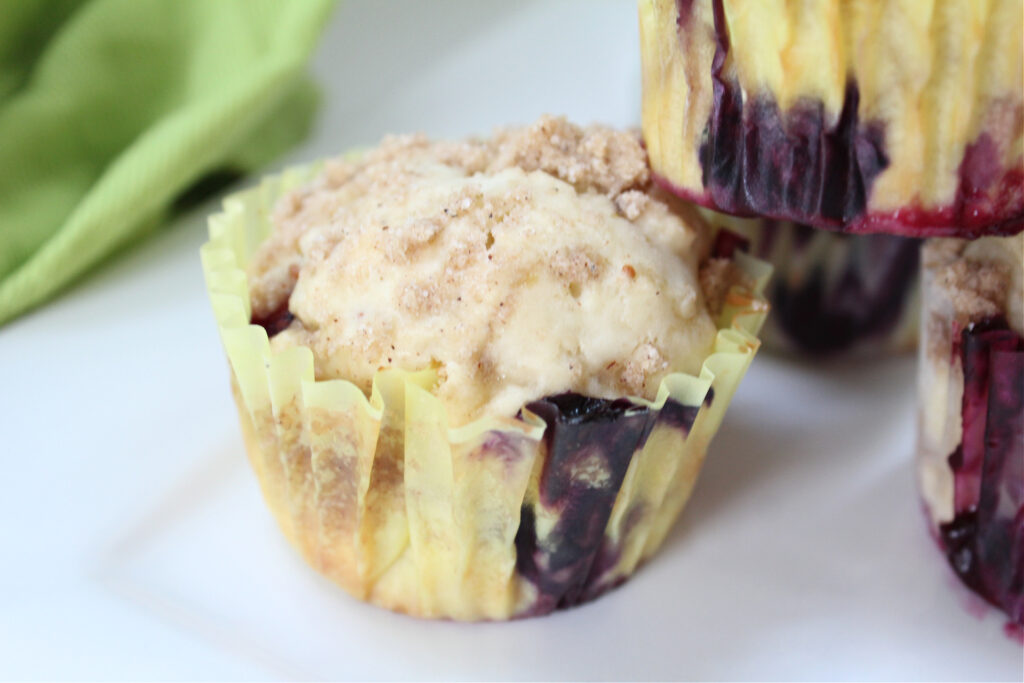
Best Recipes for Using Frozen Blueberries:
There are so many delicious recipes that you can make with frozen blueberries. Here are a few of our favorites:
- Blueberry Pancakes
- Blueberry Muffins
- Blueberry Smoothies
- Blueberry Pie
- Blueberry Crisp
- Blueberry BBQ Sauce
- Frozen Blueberry Yogurt Tart
